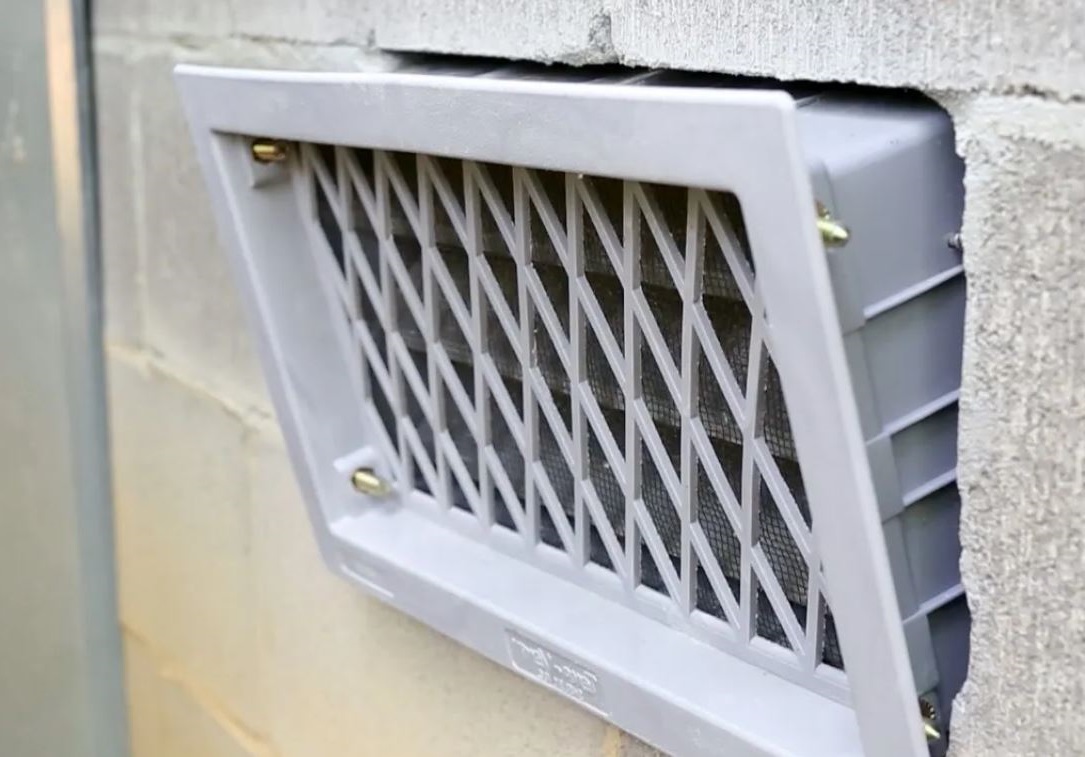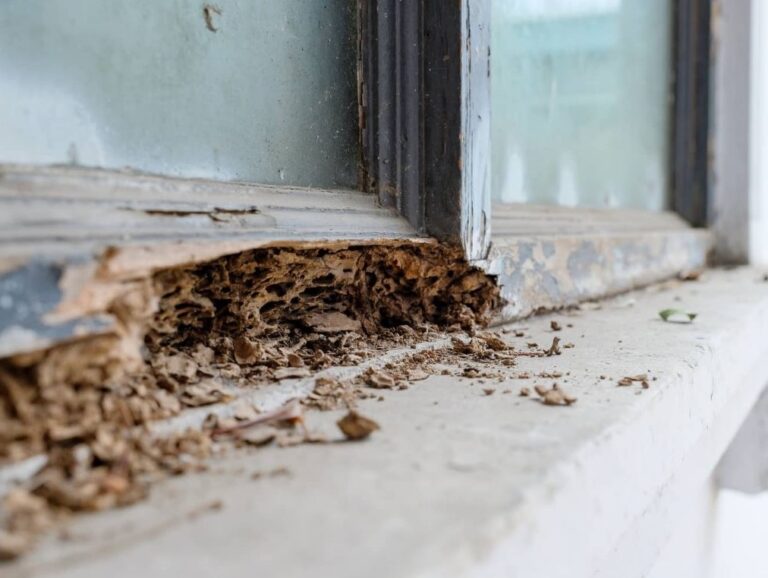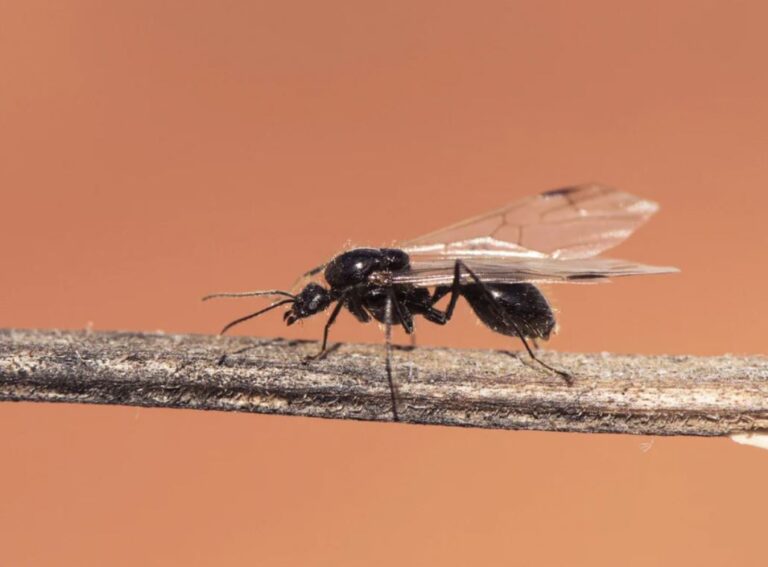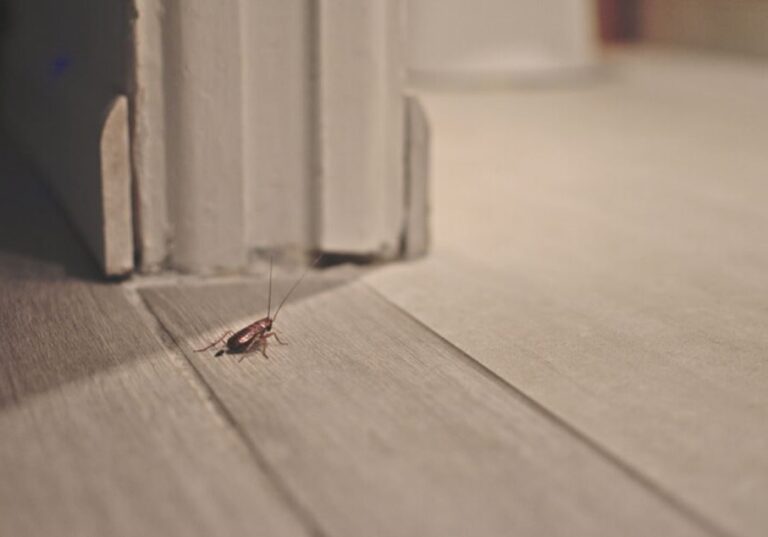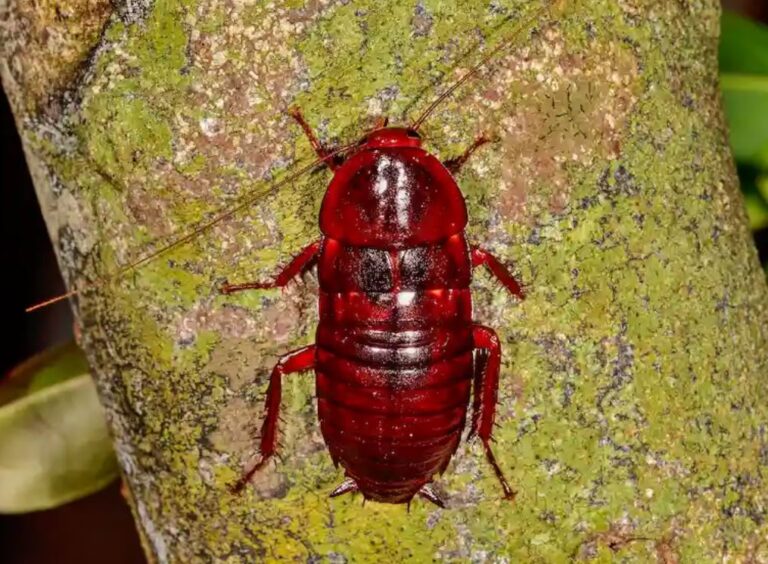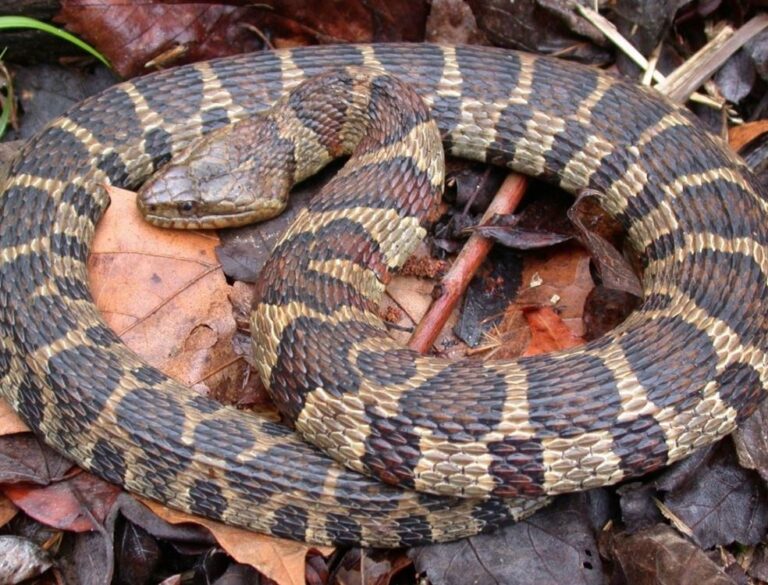Should Crawl-Space Vents Be Open or Closed? A Homeowner’s Guide
Crawl spaces are often out of sight and out of mind, but they play a crucial role in your home’s structural integrity, energy efficiency, and indoor air quality. One of the most debated topics among homeowners and builders is whether crawl-space vents should be open or closed.
The answer isn’t as straightforward as you might think—it depends on climate, moisture levels, and whether your crawl space is encapsulated. In this article, we’ll explore the pros and cons of each approach and help you decide what’s best for your home.
The Traditional Approach: Open Crawl-Space Vents
For decades, building codes required crawl-space vents to remain open, with the belief that outside air circulation would prevent moisture buildup. The logic was simple:
- Ventilation reduces humidity – Allowing outside air to flow through the crawl space was thought to prevent mold and wood rot.
- Prevents stagnant air – Open vents were assumed to keep the space dry by letting moisture escape.
However, modern research has shown that this approach can backfire in many climates.
Problems with Open Vents
- Humidity Can Increase – In humid climates, open vents allow warm, moist air to enter the crawl space. When this air hits cooler surfaces (like pipes or foundation walls), condensation forms, leading to mold and mildew.
- Higher Energy Bills – Open vents let cold air in during winter, making floors colder and forcing your HVAC system to work harder.
- Pest Entry Points – Rodents, insects, and other pests can easily enter through open vents.
- Pipe Freezing Risk – In colder climates, open vents can lead to frozen pipes in winter.
The Modern Solution: Closed and Encapsulated Crawl Spaces
Many experts now recommend sealing crawl-space vents and encapsulating the area with a vapor barrier. This method involves:
- Closing vents permanently to block outside air and moisture.
- Installing a vapor barrier (heavy-duty plastic sheeting) on the floor and walls.
- Adding a dehumidifier or conditioning the air to maintain low humidity levels.
Benefits of a Closed Crawl Space
✅ Better Moisture Control – Prevents humid air from entering, reducing mold and wood rot risks.
✅ Improved Energy Efficiency – A sealed crawl space acts as a buffer, reducing heating and cooling costs.
✅ Enhanced Indoor Air Quality – Stops mold spores, dust, and allergens from entering the home.
✅ Pest Prevention – No open vents mean fewer entry points for insects and rodents.
When Should Vents Be Open?
While closed crawl spaces are generally better, there are exceptions:
- Dry Climates – In arid regions (like the Southwest), open vents may help with natural ventilation.
- Seasonal Adjustments – Some homeowners open vents in summer (if humidity is low) and close them in winter.
- Non-Encapsulated Crawl Spaces – If you can’t fully seal the space, limited ventilation may be necessary.
What’s Best for Your Home?
To decide whether to open or close crawl-space vents, consider:
- Your Climate – Humid areas benefit from closed vents; dry climates may allow some ventilation.
- Encapsulation – If your crawl space is sealed with a vapor barrier, vents should stay closed.
- Professional Inspection – A moisture assessment can determine if additional measures (like a dehumidifier) are needed.
Final Verdict: Closed Vents (Most of the Time)
For most homeowners, especially in humid or mixed climates, keeping crawl-space vents closed and opting for encapsulation is the best long-term solution. It reduces moisture, improves energy efficiency, and protects your home’s foundation.
If you’re unsure, consult a crawl-space specialist to assess your home’s specific needs. A small investment in proper crawl-space management can save you thousands in repairs down the road.

